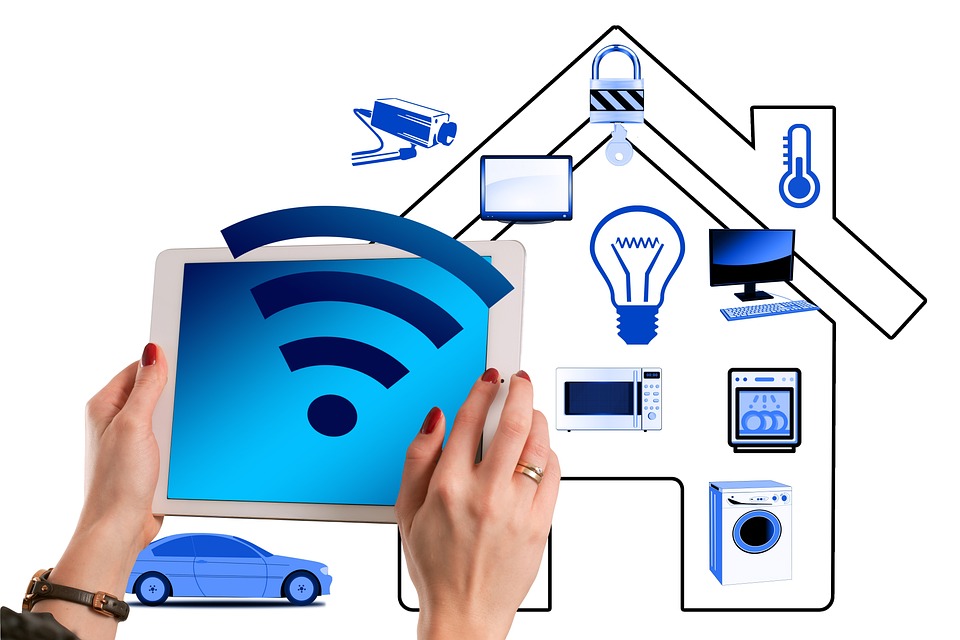A Comprehensive Guide to Boosting Energy Efficiency in Your Refrigerator
From Temperature Settings to Smart Choices: Unraveling the Secrets to an Energy-Efficient Fridge
In the heart of every kitchen, the refrigerator plays a crucial role in preserving food, but it can also be a significant contributor to household energy consumption. This comprehensive guide will walk you through the ins and outs of energy efficiency for your refrigerator, providing practical tips to not only reduce your environmental footprint but also save on energy costs.
Understanding the Basics of Refrigerator Energy Consumption
1. Why Energy Efficiency Matters
Energy-efficient refrigerators consume less electricity, reducing greenhouse gas emissions and helping you lower your energy bills. The initial investment in an energy-efficient model can lead to long-term savings.
2. Factors Affecting Energy Consumption
- Age of the Refrigerator: Older models tend to be less energy-efficient. Consider upgrading to a newer, more efficient model.
- Temperature Settings: The temperature at which you set your refrigerator and freezer can impact energy consumption.
- Maintenance Practices: Regular maintenance, such as cleaning coils and checking seals, ensures optimal efficiency.
Tips for Improving Refrigerator Energy Efficiency
1. Optimal Temperature Settings
- Set the refrigerator compartment between 37°F and 40°F (3°C to 5°C).
- Maintain the freezer temperature at 0°F (-18°C).
2. Seal Check and Maintenance
- Ensure that the door seals are airtight. Test them by placing a piece of paper in the closed door; if it slips easily, the seals may need replacement.
- Clean the condenser coils regularly to facilitate heat exchange and improve efficiency.
3. Organize for Efficiency
- Arrange items strategically to allow for proper airflow. Avoid overcrowding the refrigerator, as this can restrict ventilation.
Choosing an Energy-Efficient Refrigerator
1. Look for ENERGY STAR Certification
- Appliances with the ENERGY STAR label meet strict energy efficiency guidelines set by the U.S. Environmental Protection Agency (EPA).
2. Consider Size and Configuration
- Choose a refrigerator size that suits your needs to avoid unnecessary energy consumption. Top-freezer and bottom-freezer configurations are generally more efficient than side-by-side models.
3. Evaluate Features
- Some features, such as ice makers and water dispensers, can increase energy consumption. Consider whether these are essential for your needs.
Embracing Smart Practices for Refrigerator Use
1. Minimize Door Openings
- Limit the time the refrigerator door is open to conserve cold air. Plan ahead when retrieving items to reduce door opening frequency.
2. Allow Hot Foods to Cool Before Refrigerating
- Allow hot foods to cool to room temperature before placing them in the refrigerator. This reduces the workload on the appliance.
3. Utilize the Power Save Mode
- If your refrigerator has a power save mode, enable it during periods when you won’t be accessing the fridge frequently.
Maximizing Home Efficiency: A Guide to Energy-Efficient Refrigerator Use and Maintenance
In conclusion, transforming your refrigerator into an energy-efficient powerhouse involves a combination of smart practices, maintenance routines, and informed choices. By understanding the factors affecting energy consumption, implementing optimal temperature settings, and choosing an energy-efficient model, you can significantly reduce your environmental impact and save on energy costs. Embrace simple habits, such as minimizing door openings and allowing hot foods to cool, to further enhance efficiency. As you embark on the journey of chilling wisely, your refrigerator can become a beacon of both sustainability and savings, contributing to a more energy-efficient and eco-friendly home.




